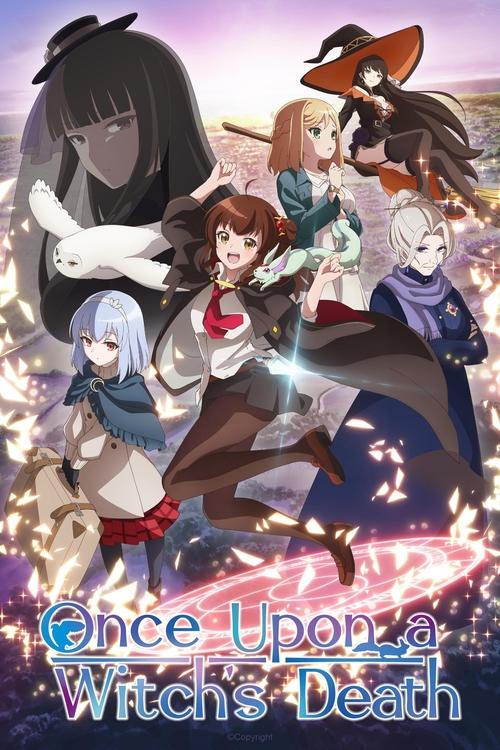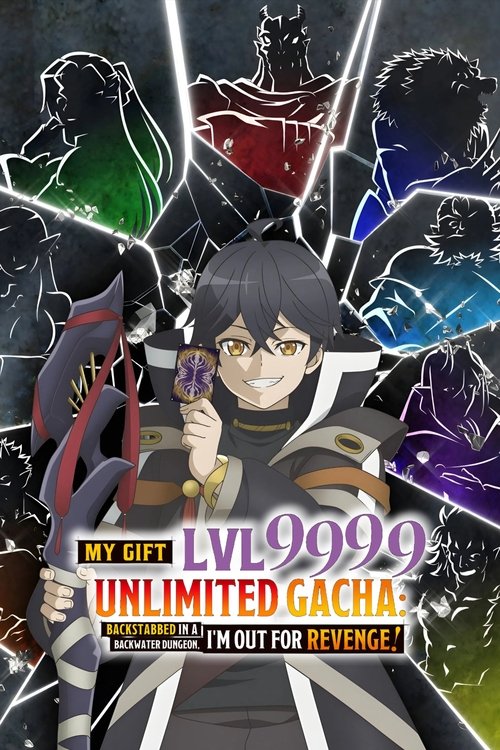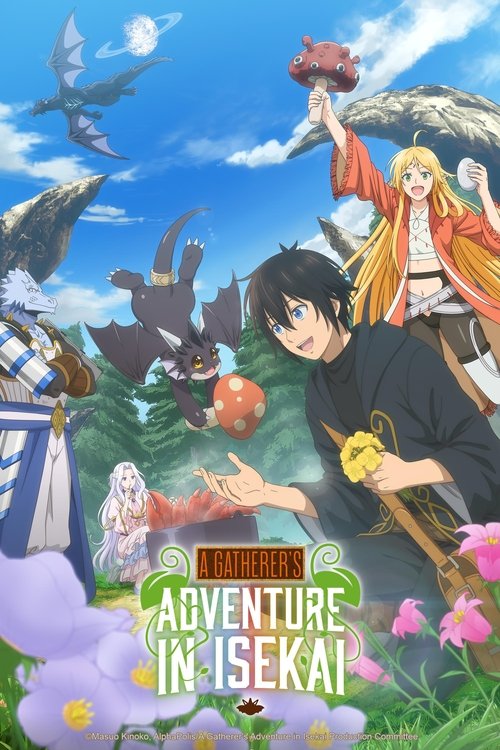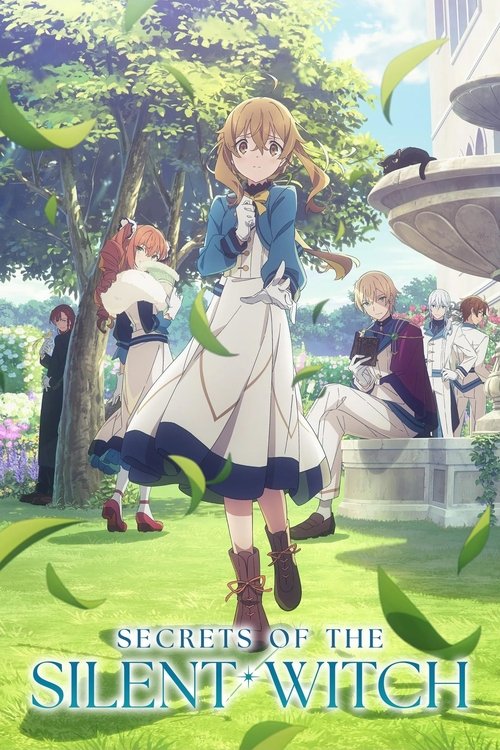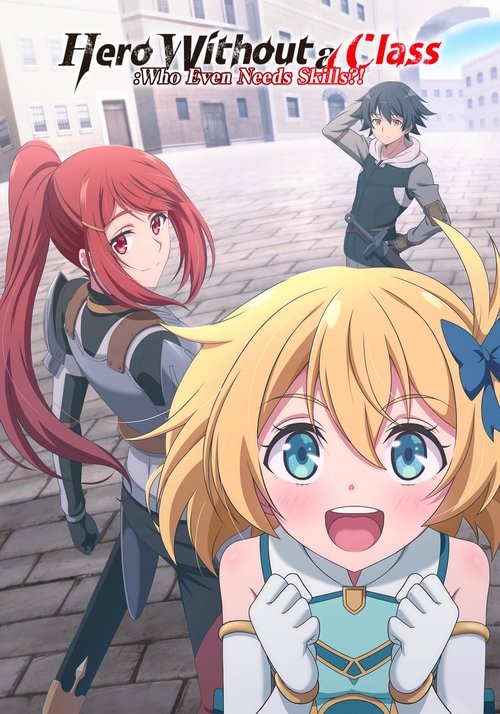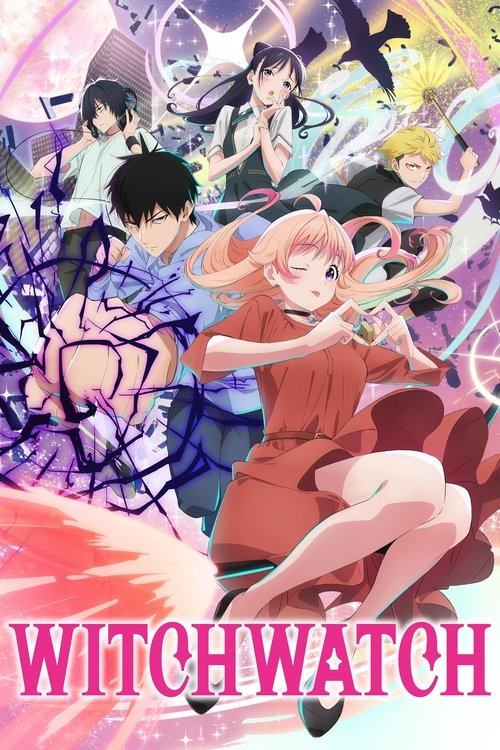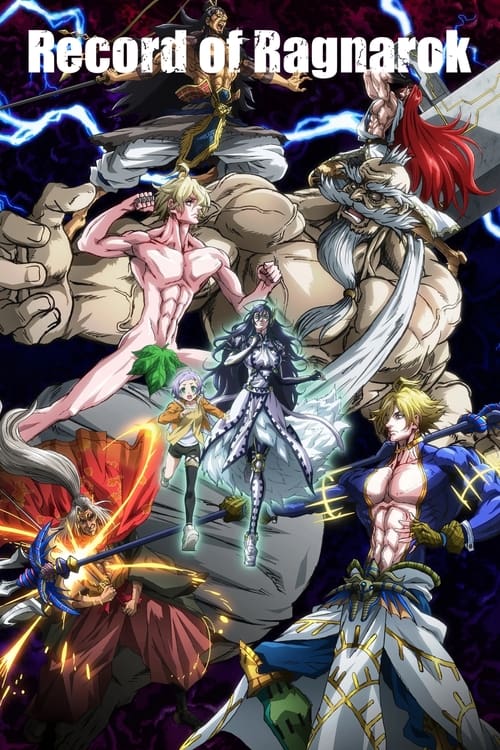
Ask Your Own Question
What is the plot?
On her seventeenth birthday, Meg Raspberry, a cheerful and determined young witch, is informed by her teacher Faust that she is cursed with a disease that will rapidly age and kill her the moment she turns eighteen, giving her exactly one year to live. Faust explains that the only way to break the curse is to create a "seed of life" from one thousand genuine tears of joy, which will grant her immortality until she chooses to dispel it. Meg, though terrified and desperate, decides to face her fate head-on and begins her quest to collect these tears, not only to save herself but also to make the most of her remaining time.
Meg starts by going around her town, asking people to call her "The Witch of Lapis," hoping to build connections and find opportunities to bring joy to others. Early in her journey, she meets a young girl named Anna, whose mother Iris has recently passed away. Anna's father, Mr. Hendy, is consumed by grief, and Anna wishes to ease his pain by fulfilling her mother's last wish--to see a mysterious pink flower together. Meg, who never knew her own parents, feels a deep empathy for Anna and resolves to help. She searches the family's home for clues, eventually deducing that the flower Iris wanted to show Anna is a cherry blossom. At Iris's graveside, Meg uses her magic to create a vivid illusion of a spring day with cherry blossoms in full bloom, surprising even herself with her power. Mr. Hendy and Anna are moved to tears of joy by the beauty and the memory of Iris's love, and Meg collects her first tears, realizing that helping others grieve and remember can also bring moments of happiness.
As Meg continues her mission, she becomes more involved in the lives of her neighbors, taking on their burdens and using her magic to solve their problems, always with the hope of earning more tears of joy. She helps an elderly woman enjoy her final days, comforts a child afraid of the dark, and assists a family in reconciling after a long estrangement. Each act of kindness is met with gratitude, and Meg begins to see the value in her efforts beyond her own survival. However, she also faces setbacks: in one episode, after becoming overconfident, Meg is temporarily barred from using magic and must relearn humility and the true meaning of helping others. She endures a grueling physical and spiritual climb, emerging with a renewed sense of purpose.
Meg's quest takes a darker turn when she discovers that a seemingly normal family in her town is hiding a sinister secret involving human sacrifice. Meg investigates, using her wits and magic to uncover the truth, and intervenes to stop the ritual, saving a potential victim. This confrontation leaves her shaken but more determined to protect those around her. Later, she encounters a girl who transforms into a monstrous creature, and Meg must use both her magic and empathy to help the girl regain her humanity, further testing her resolve and compassion.
Midway through the year, Sophie, a fellow witch, informs Meg of a grand festival held every twenty years and invites her, hoping Meg might find a way to lift her curse there. At the festival, Sophie is immediately surrounded by reporters, leaving Meg to explore on her own. Meg meets a young girl who has lost her servant; the two enjoy the festival together, sharing food, playing games, and watching fireworks. During the festivities, Meg has a tense encounter with Eldora, the powerful "Witch of Demise," who warns her that if she lifts her curse, she will lose something important to her. Meg is unsettled but continues to enjoy the festival with the girl, who is later revealed to be Chloe, the "Witch of Words" and a half-human, half-spirit. Chloe's assistant is a body double, hiding her true identity. After the festival, Meg realizes she never had the chance to speak with Eldora about her curse but remains hopeful for the future.
As the year progresses, the stakes rise. Meg faces increasingly dangerous situations, including a confrontation with a Lovecraftian monster and exposure to the harsh realities of animal testing in magical research. She witnesses flashbacks of a destroyed city and carnage, images that haunt her and deepen her understanding of loss and the cost of magic. Through these trials, Meg remains outwardly cheerful but internally struggles with fear and desperation, though she channels these emotions into her determination to help others.
Meg's teacher, Faust, along with the Council's Chairman and Eldora, unveil the "Planet's Core Project," a plan to use magic ore to create an artificial core that will resonate with Earth's core, preventing the world from losing its connection to magic. Meg attends the presentation but is more focused on her personal quest. She continues to collect tears, but despite her efforts, she has yet to cry for herself, remaining stoic in the face of her own impending death.
As the final days approach, Meg reflects on her journey, the lives she has touched, and the friendships she has made. She has grown from a carefree girl into a mature, compassionate young woman, but the weight of her fate is ever-present. In the series' climax, Meg must make a critical decision: whether to use the seeds of life she has collected to save herself or to sacrifice her chance at survival for the greater good. The final episode does not show the outcome of her choice, leaving her fate ambiguous, but it emphasizes the impact she has had on those around her and the legacy of kindness she leaves behind.
The story ends with Meg looking forward to whatever time she has left, determined to continue helping others and cherishing each moment, regardless of the ultimate resolution of her curse.
More TV Shows Like This
Browse All TV Shows →
What is the ending?
The ending of Once Upon a Witch's Death shows Meg, the apprentice witch with only one year left to live, coming to terms with fate and mortality. She tries to save Granny Flare from death but ultimately accepts that some fates cannot be changed. Flare spends a peaceful final afternoon with her family before passing away. Meg collects Flare's final tear of joy, symbolizing acceptance and the bittersweet nature of life and death.
In the final episodes of Once Upon a Witch's Death, the narrative unfolds with Meg confronting the limits of her powers and the inevitability of death. The story begins with Meg's friend Fine visiting Faust, the apothecary witch, to repair her wristwatch. Faust diagnoses that the fairy powering the watch has grown weak and sends Fine to Zepeto, a watchmaker. There, they learn the fairy has died. Meg then frees the fairy's spirit back into the cosmos, allowing it to be reborn into another object, symbolizing the cycle of life and renewal.
Next, Meg visits Granny Flare, an elderly woman shrouded in black mist--a sign that the Reaper is near. Meg wants to save Flare from death, but Faust reminds her that saving oneself from a curse is different from saving someone from old age, and witches should not interfere with fate. Despite Faust's warning, Meg stubbornly tries to help Flare but makes no progress.
Eventually, Meg accepts that some fates cannot be changed. She seeks out Flare's son Ed, who often forgets to visit due to work, and reminds him to spend time with his mother along with his wife and young daughter Lily. Flare then spends a warm, peaceful afternoon with her family, sharing moments of love and connection. After this, she quietly passes away, surrounded by those she loves.
Faust expresses pride in Meg for making Flare's final moments happy. Meg collects Flare's final tear of joy in her bottle, a poignant symbol of acceptance and the beauty found even in endings.
Regarding the main characters' fates at the story's end:
- Meg grows in maturity and understanding, learning to accept fate and the limits of her power.
- Granny Flare passes away peacefully after a final day with her family.
- Ed, Flare's son, is reminded to cherish his mother and family.
- Faust remains a guiding figure, emphasizing the natural order and the importance of accepting fate.
This ending scene by scene highlights the themes of acceptance, the natural cycle of life and death, and the importance of cherishing loved ones in their final moments.
Is there a post-credit scene?
Based on available sources, there is no evidence of a post-credit scene in the 2025 TV anime series Once Upon a Witch's Death (Aru Majo ga Shinu Made). The most detailed episode summaries and fan discussions focus on the main narrative and ending, with no mention of additional content after the credits. The ending sequence itself, featuring the song "Hanasaku Michi de" by Aoi Teshima, is highlighted in promotional materials and fan uploads, but these do not reference or depict any post-credit material.
If a post-credit scene existed, it would likely be noted in episode recaps, fan wikis, or discussion threads--especially given the show's narrative focus on Meg's quest and emotional journey. However, such a scene is absent from all current, publicly available summaries and analyses.
Therefore, as of now, Once Upon a Witch's Death (2025) does not include a post-credit scene. The story concludes within the main episode runtime, and viewers are not shown additional narrative content after the ending theme.
Is this family friendly?
The TV show Once Upon a Witch's Death (2025) is generally family-friendly with a TV-PG rating, suitable for older children and teens but with some content that may be sensitive for younger or very sensitive viewers.
Potentially objectionable or upsetting aspects include:
- Mild violence: There is at least one scene where a character named Faust stabs Meg on the hand, which is depicted mildly but could be unsettling for sensitive children.
- Mild frightening or intense scenes: The show deals with themes of mortality and loss, including Meg learning she has only one year to live unless she completes a difficult task. This introduces emotional weight and some somber moments, such as helping characters cope with grief.
- Mild sexual content: There is some mild sex and nudity, though it is limited and not explicit.
- Emotional themes: The series explores mature themes like fate, death, and coping with loss, which may be emotionally heavy for younger children or sensitive viewers despite the show's lighthearted and comedic tone in parts.
There is no profanity, drug, or alcohol use in the series.
In summary, Once Upon a Witch's Death is suitable for a family audience with parental guidance recommended for younger children due to mild violence, emotional themes, and some mild sexual content. It balances lighthearted comedy with deeper, sometimes somber moments without graphic content or strong language.

